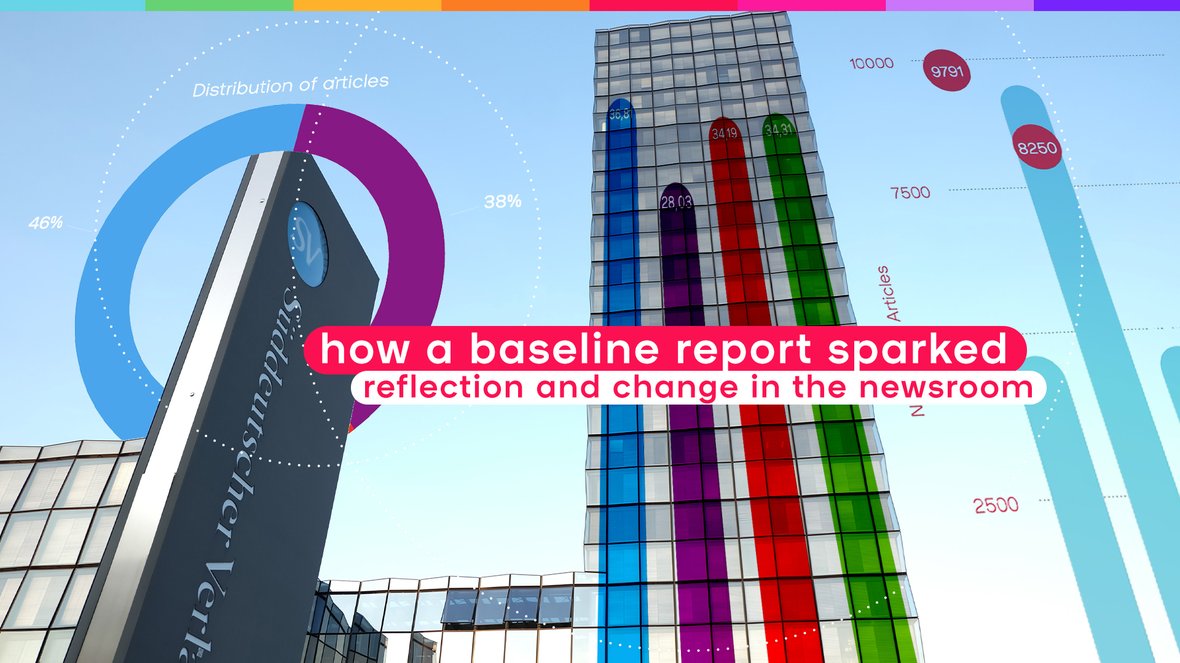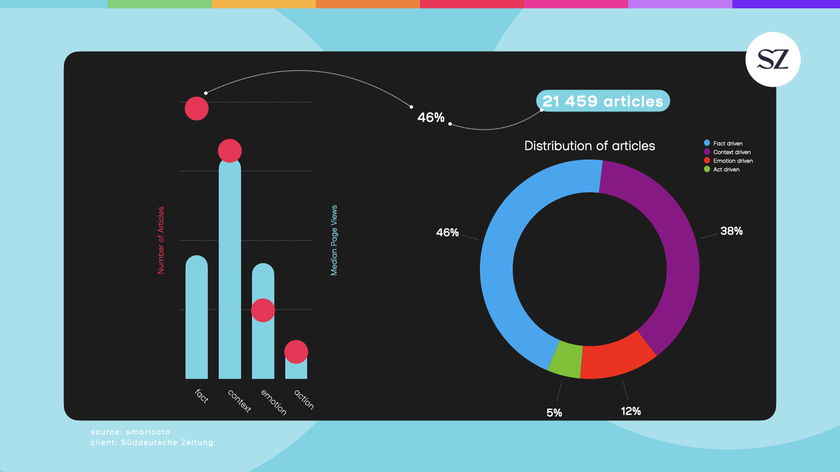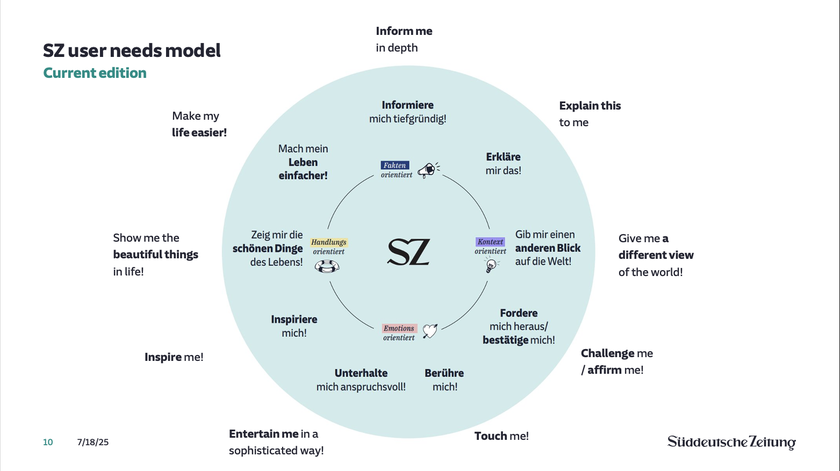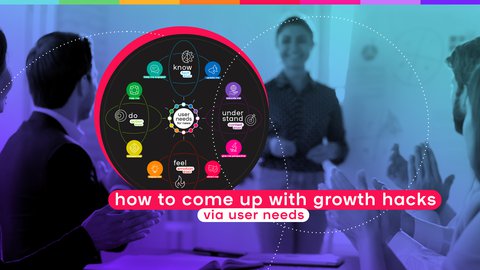Smartocto recently introduced the option to order a baseline report. This is a document that holds up a mirror to the newsroom, offering a clear snapshot of its strengths and weaknesses. But the report does so much more than this, as Süddeutsche Zeitung discovered.
What makes Süddeutsche Zeitung an especially interesting client is the sheer size of its newsroom. No fewer than 500 journalists work at the highly respected German publication. For the past year and a half, part of the newsroom has worked with the user needs approach. A dedicated group within the editorial team had been driving the project forward, but concrete proof that the method was truly making a difference had yet to materialise. And when a newsroom is that large, getting everyone on board with a new editorial direction is no small feat.
Dominic Grzbielok is Head of Paid Content at the newspaper. He was keen to share the surprising changes that a relatively straightforward report has helped bring about.
Why did you order a baseline report?
“There was already quite a bit of interest in user needs within the newsroom, but we lacked hard evidence that the approach led to better article performance. That made some managers hesitant. I’d already spotted patterns in the top 100 articles that led to the most subscriptions, which gave me a sense that some surprising results might be uncovered. We wanted to analyse a large dataset (more than 20,000 articles) to explore those findings further. But tagging all of those manually would have been far too time-consuming. That’s why we started looking for a partner with the right expertise.”




